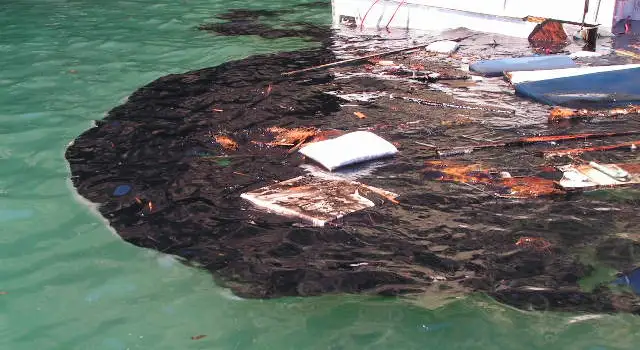Last updated on April 14th, 2025 at 11:37 am
Yost, E.E., Science of the Total Environment, 574:1544-1558, January 2017
Despite growing concerns over the potential for hydraulic fracturing to impact drinking water resources, there are limited data available to identify chemicals used in hydraulic fracturing fluids that may pose public health concerns. In an effort to explore these potential hazards, a multi-criteria decision analysis (MCDA) framework was employed to analyze and rank selected subsets of these chemicals by integrating data on toxicity, frequency of use, and physicochemical properties that describe transport in water. Data used in this analysis were obtained from publicly available databases compiled by the United States Environmental Protection Agency (EPA) as part of a larger study on the potential impacts of hydraulic fracturing on drinking water. Starting with nationwide hydraulic fracturing chemical usage data from EPA’s analysis of the FracFocus Chemical Disclosure Registry 1.0, MCDAs were performed on chemicals that had either noncancer toxicity values (n = 37) or cancer-specific toxicity values (n = 10). The noncancer MCDA was then repeated for subsets of chemicals reported in three representative states (Texas, n = 31; Pennsylvania, n = 18; and North Dakota, n = 20). Within each MCDA, chemicals received scores based on relative toxicity, relative frequency of use, and physicochemical properties (mobility in water, volatility, persistence). Results show a relative ranking of these chemicals based on hazard potential, and provide preliminary insight into chemicals that may be more likely than others to impact drinking water resources. Comparison of nationwide versus state-specific analyses indicates regional differences in the chemicals that may be of more concern to drinking water resources, although many chemicals were commonly used and received similar overall hazard rankings. Several chemicals highlighted by these MCDAs have been reported in groundwater near areas of hydraulic fracturing activity. This approach is intended as a preliminary analysis, and represents one possible method for integrating data to explore potential public health impacts.
Source: Water Feed









